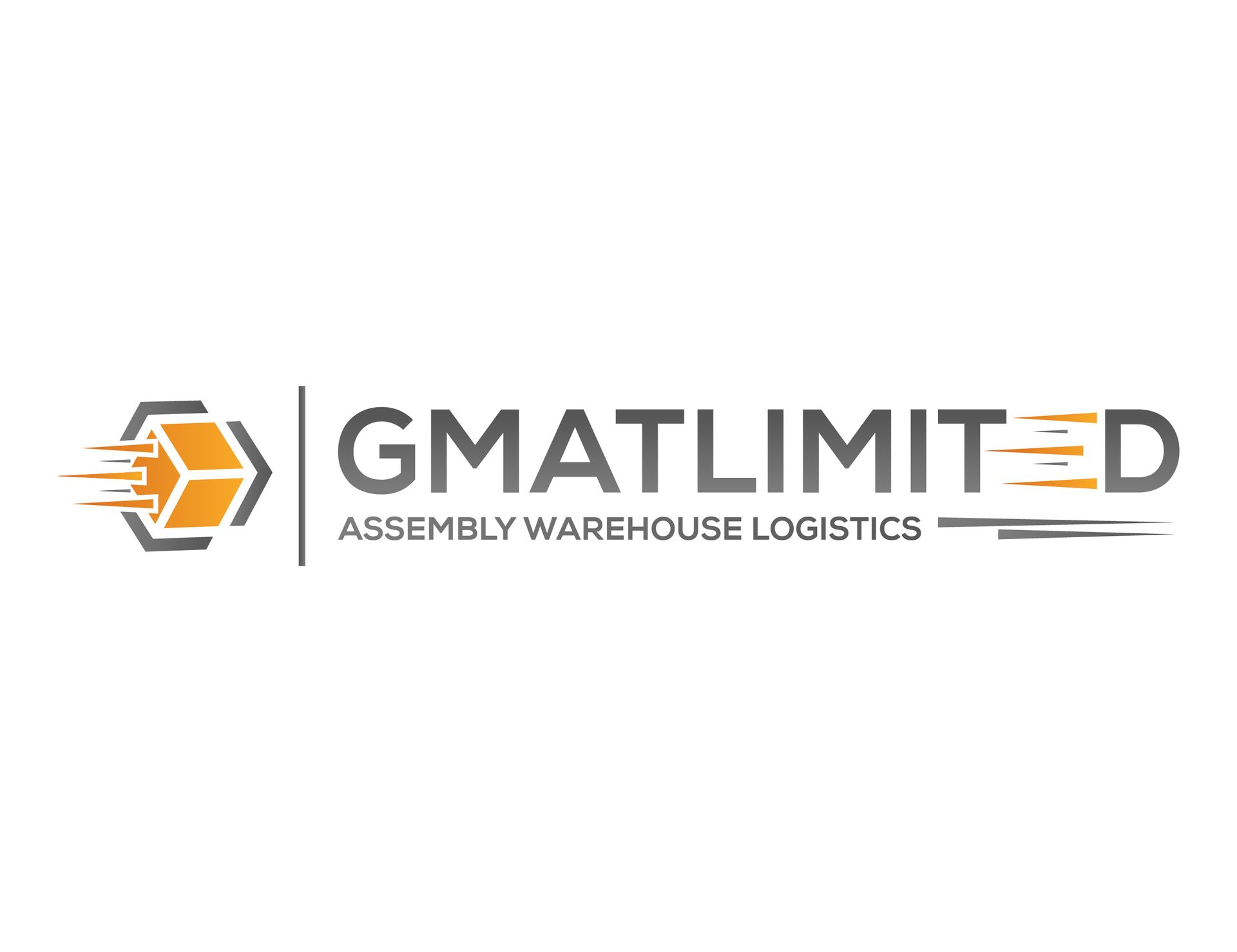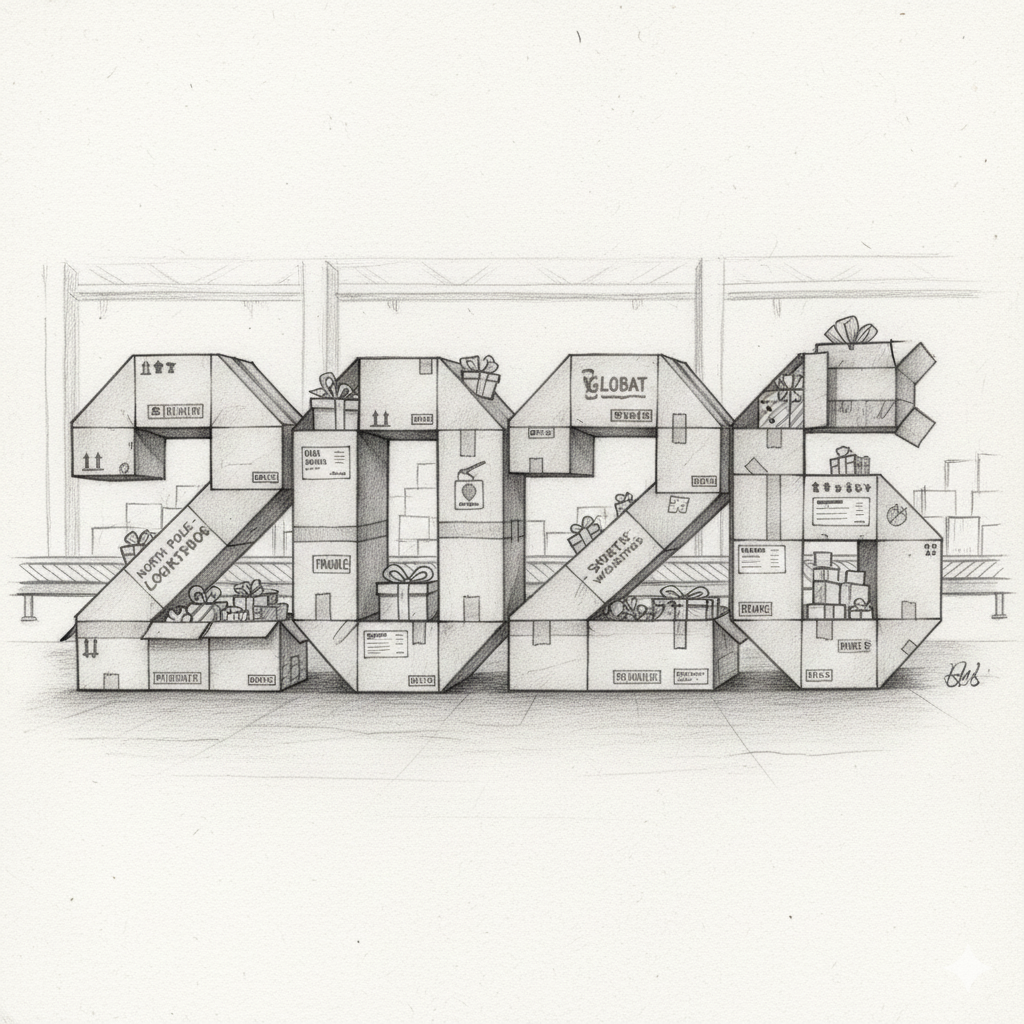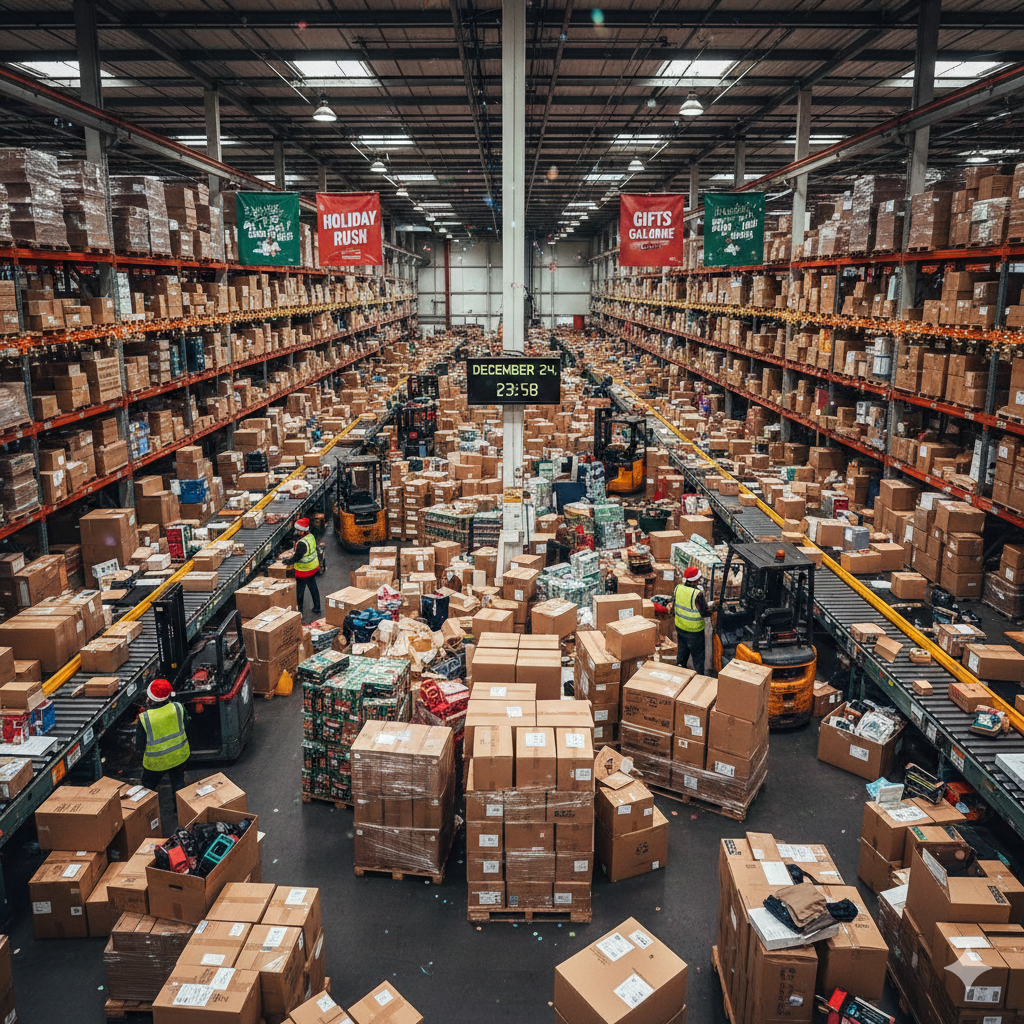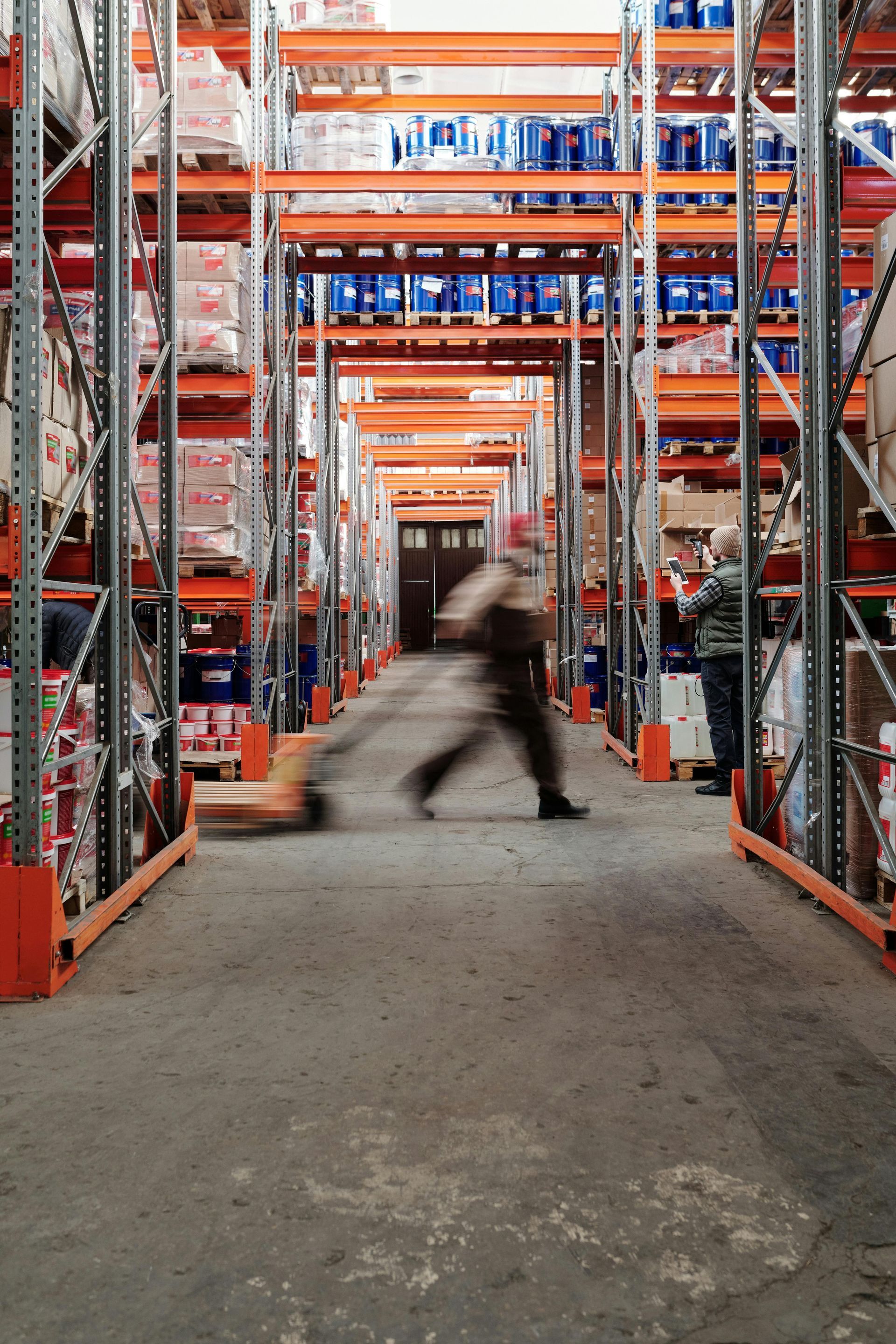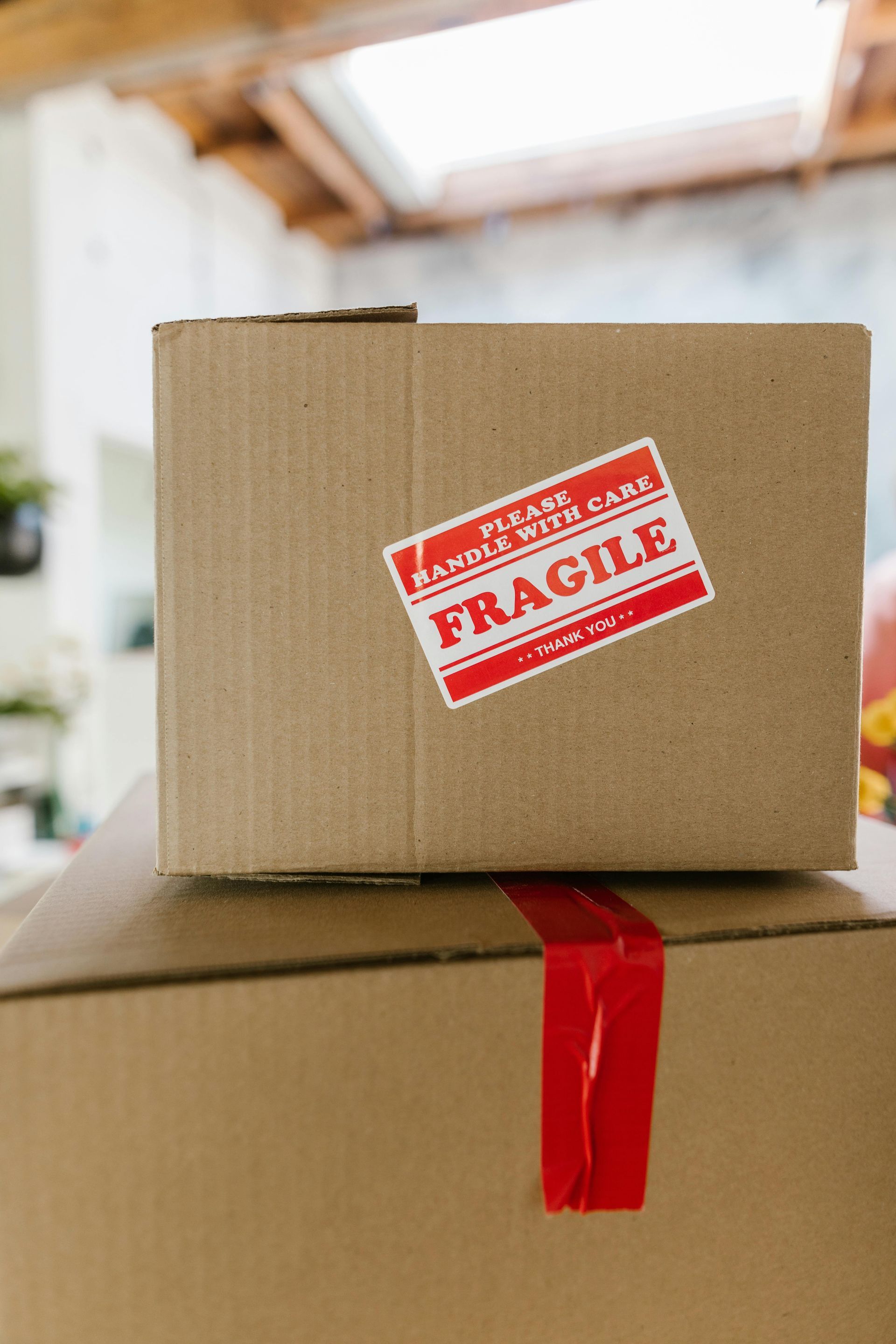Kitting in Logistics: Simple Guide to Efficient Order Fulfillment
Businesses are always looking for ways to improve efficiency and meet customer demands. One approach that has gained attention is kitting. This process involves combining multiple individual items into a single package or kit, which can then be handled as one unit. Kitting plays a role in various sectors, from manufacturing to e-commerce, by helping to organize inventory and prepare orders more effectively.
Kitting in logistics involves grouping related products or components before fulfillment or production to save time and reduce errors. This practice has become increasingly important with the rise of online shopping, helping businesses streamline operations, manage inventory, and offer customized bundles. It is widely applied across different fields, which you can explore in more detail through the range of industries we serve. While kitting offers significant benefits, it requires careful planning, including inventory assessment, staff training, and system integration, to achieve smoother workflows and better resource utilization.
Key Takeaways
- Kitting involves bundling multiple items into one kit, which can simplify handling and shipping in logistics.
- It can lead to faster order processing by reducing the number of individual picks needed for fulfillment.
- Businesses may see improvements in inventory management through better organization of components.
- Kitting supports customer satisfaction by ensuring complete and ready-to-use packages.
- Different types of kitting, such as product or material-based, can be tailored to specific industry needs.
- Implementing kitting requires investment in space and systems but can enhance overall operational flow.
Understanding Kitting in Logistics
Kitting is a fundamental concept in logistics that focuses on grouping items together to form a cohesive unit. This practice is commonly applied in warehouses, distribution centers, and manufacturing facilities. The process starts with identifying which items should be combined based on their relationship or intended use. For instance, in order fulfillment, kitting might involve packaging accessories with a main product to create a complete set.
The origins of kitting can be traced back to manufacturing, where it was used to prepare parts for assembly lines. Over time, it has evolved to include logistics applications, especially in e-commerce. Today, kitting helps bridge the gap between inventory storage and final delivery. It transforms individual stock-keeping units (SKUs) into bundled ones, which can simplify tracking and reduce complexity in operations.
Kitting in logistics involves pre-assembling items into kits, differing from traditional single-item picking. This method is beneficial for high-volume or seasonal products, with software tools aiding in component identification and stock monitoring. For example, in e-commerce, kitting ensures all components of a kitchen tool set are assembled before packing, which improves fulfillment speed and consistency. Kitting also aligns with practices like just-in-time inventory, reducing storage and increasing responsiveness to demand, though it necessitates accurate forecasting to prevent over-preparation.
The Benefits of Kitting for Order Fulfillment
Adopting kitting in order fulfillment can offer several advantages for businesses aiming to optimize their processes. One key benefit is the potential for increased efficiency. By pre-assembling items into kits, the time required for picking and packing individual orders can be reduced. This streamlined approach allows workers to handle more orders in less time, which is especially valuable during peak seasons.
Kitting in logistics offers several benefits, including reduced labor and shipping costs due to fewer preparation steps and the treatment of bundled items as single units. It also improves inventory control by facilitating better tracking of stock levels and assisting in the movement of slower-moving inventory through popular bundles.
Customer experience often improves with kitting. Receiving a complete kit can enhance satisfaction, as it ensures all necessary items arrive together. This can encourage repeat business and positive reviews. Furthermore, kitting allows for creative marketing, such as offering themed bundles that appeal to specific audiences and align with custom packaging and branding strategies.
To compare kitting with traditional methods, consider the following table:
| Aspect | Traditional Picking | Kitting Approach |
|---|---|---|
| Time for Order Prep | Higher, as items are picked separately | Lower, kits are pre-assembled |
| Error Rate | Potential for missing items | Reduced, components checked in advance |
| Inventory Turnover | Slower for individual items | Faster through bundling |
| Labor Costs | Increased due to multiple handling | Decreased with batch processing |
| Customer Satisfaction | Variable, depends on accuracy | Higher with complete packages |
Different Types of Kitting
Kitting can be categorized into several types, each suited to different operational needs in logistics. Product kitting is one common form, where related consumer goods are bundled together. This is often seen in retail and e-commerce, such as combining a smartphone with its charger and case into a single package. It simplifies sales and fulfillment by treating the bundle as one SKU.
The provided text outlines several types of kitting in logistics. Material kitting groups components for manufacturing, like screws for automotive assembly, ensuring all parts are available to reduce downtime. Just-in-time kitting prepares kits only upon order receipt, minimizing inventory for customized products but requiring strong supplier coordination. Pre-kitting assembles kits in advance based on forecasts, beneficial for high-demand items but demanding accurate predictions to avoid excess stock. Finally, custom kitting allows personalization, such as tailored subscription boxes, adding value through unique combinations.
Steps to Implement Kitting in Your Warehouse
Implementing kitting requires a structured approach to ensure smooth integration into warehouse operations.
- Assess current processes and review inventory data to identify frequently ordered items for bundling and prioritizing kits.
- Design the kitting workflow: Define assembly steps, including gathering, checking, and packaging. Allocate dedicated, ergonomic warehouse space for kitting.
- Invest in technology support: Use WMS to track components and update inventory in real time. Use barcode scanners or RFID tags for accuracy during assembly.
- Train your team thoroughly: Provide instructions on kit assembly, quality checks, and safety protocols through regular training sessions.
- Test the process with a pilot program: Start small to identify issues before full rollout. Monitor metrics like assembly time and error rates to refine the approach.
- Evaluate and adjust: Collect feedback from staff and review performance data regularly, making changes to improve efficiency as needed.
Common Challenges and How to Overcome Them
While kitting offers advantages, it comes with challenges that need addressing. One issue is initial setup costs, including space reconfiguration and training. To mitigate this, start with a phased implementation to spread expenses over time.
Inventory mismatches can occur if components are not accurately tracked, leading to shortages. Using robust software for real-time monitoring can help maintain balance. Space constraints in the warehouse may arise from storing kits. Optimize layout by using vertical storage solutions or outsourcing if needed. Scalability problems can emerge with growth. Plan for flexibility by choosing modular systems that can expand. Labor intensiveness is another concern. Automate where possible, such as with conveyor systems, to ease the workload. Another challenge lies in handling returns management. Kits that are returned often need to be unpacked, inspected, and reassembled, which requires extra processes and adds complexity to logistics.
The following table outlines common challenges and potential solutions:
| Challenge | Potential Solution |
|---|---|
| High Setup Costs | Phase implementation gradually |
| Inventory Shortages | Implement real-time tracking software |
| Limited Space | Use efficient storage methods |
| Scalability Issues | Adopt flexible, modular processes |
| Assembly Errors | Provide ongoing training and checks |
Real-World Examples of Kitting in E-commerce
In e-commerce, kitting is widely used to enhance product offerings and fulfillment. Subscription boxes are a prime example, where companies like beauty brands curate monthly kits with samples and full-size products. This creates recurring revenue and delights customers with variety.
- Gift sets: Electronics retailers might bundle a tablet with a protective case and stylus, sold as a complete package.
- DIY kits: Popular in craft and hobby sectors, e.g., art supply stores kit paints, brushes, and canvases together for beginners.
- Food and beverage companies: Use kitting for meal prep boxes, combining ingredients and recipes.
Finally, companies that rely on freight logistics services benefit from kitting by reducing shipping costs and ensuring bulk orders are managed more efficiently. These examples show how kitting can be adapted to different products, supporting efficient fulfillment and customer engagement.
Frequently Asked Questions
What is the difference between kitting and bundling?
Kitting typically involves assembling items into a kit for fulfillment or assembly, while bundling focuses on marketing multiple products together for sale. Both aim to simplify processes but serve slightly different purposes in logistics.
How does kitting affect inventory management?
Kitting can improve inventory visibility by grouping items, but it requires careful tracking to avoid discrepancies in component stock levels.
Is kitting suitable for small businesses?
Yes, small businesses can benefit from kitting, especially with low-volume custom orders, though they should start small to manage costs.
What software is needed for kitting?
Warehouse management systems or inventory software that supports bill of materials can help manage kitting effectively.
Can kitting reduce shipping costs?
By combining items into one package, kitting may lower shipping fees compared to sending multiple separate parcels.
Final Thoughts
Finally, companies that rely on freight logistics services benefit from kitting by reducing shipping costs and ensuring bulk orders are managed more efficiently. These examples show how kitting can be adapted to different products, supporting efficient fulfillment and customer engagement. Businesses interested in learning more can review available
pricing options or
contact us directly to discuss tailored solutions.
